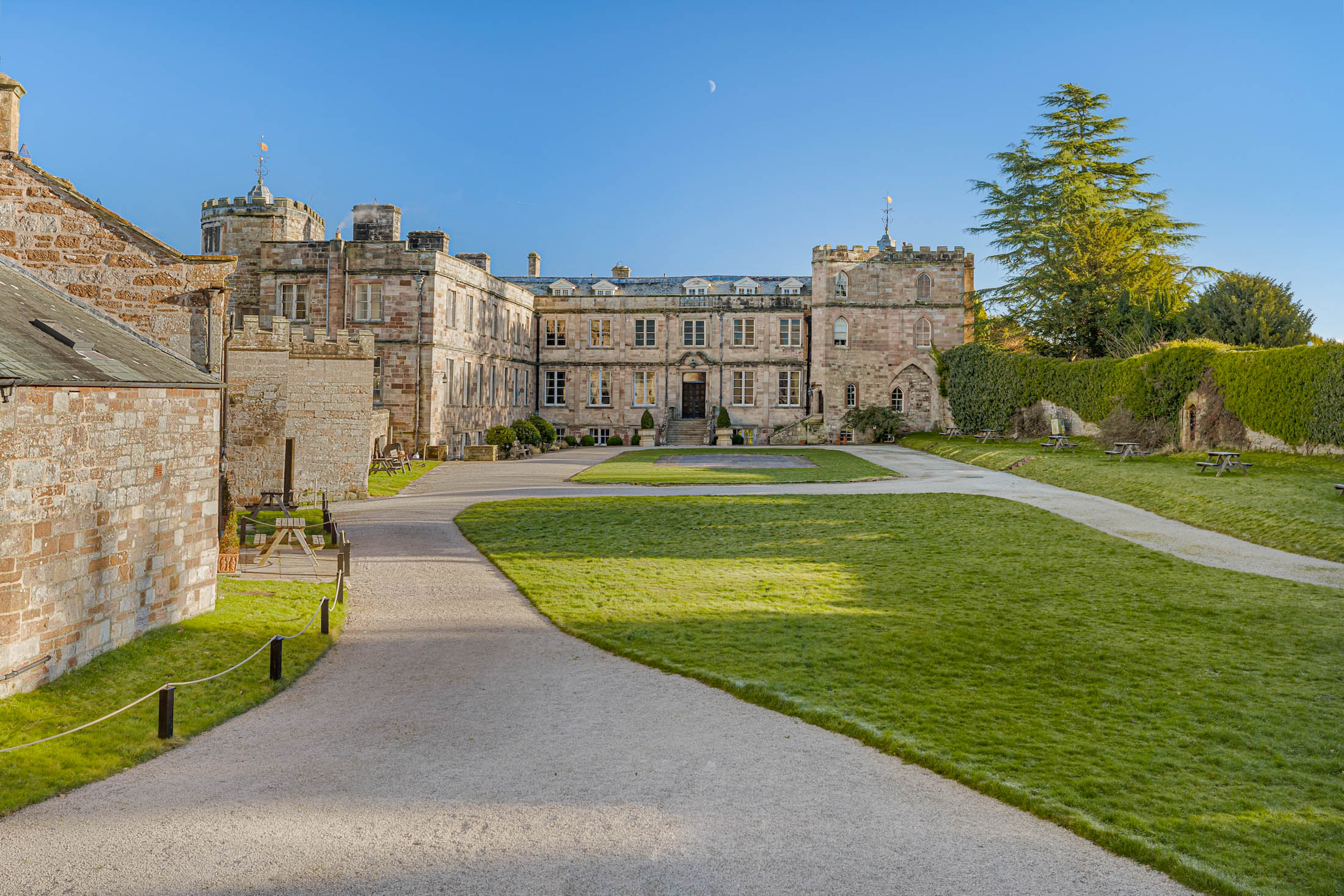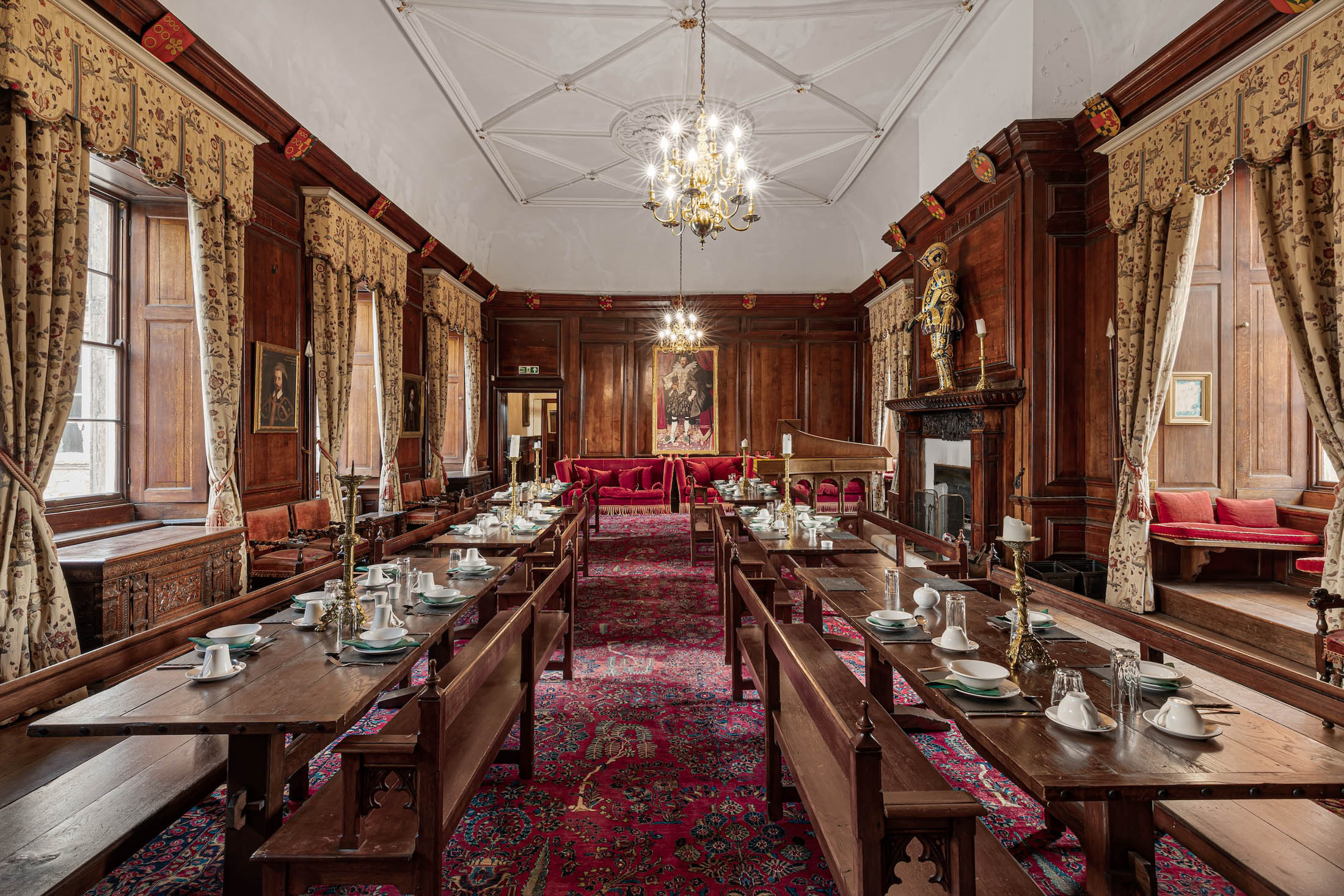A 900-year-old Castle In The UK Hits The Market For $12 Million
A 900-year-old castle in the UK hits the market for $12 million. According to Sally Nightingale, acquiring Appleby Castle , a 900-year-old landmark in Cumbria, UK, wasn't her initial inclination. However, her then-husband Christopher, whom she describes as a "castle enthusiast" with two already in their possession, insisted on it.
George EvansFeb 06, 20241505 Shares32712 Views

A 900-year-old castle in the UK hits the market for $12 million. According to Sally Nightingale, acquiring Appleby Castle, a 900-year-old landmark in Cumbria, UK, wasn't her initial inclination. However, her then-husband Christopher, whom she describes as a "castle enthusiast" with two already in their possession, insisted on it. Thus, in 1997, she found herself becoming the proprietor of one of the few remaining intact Norman keeps in England.
Despite enduring a highly publicized divorce, Sally transformed the sprawling 29,000-square-foot, 20-bedroom castle into a hotel in 2013, reserving a 7,750-square-foot wing for her personal use. It's worth noting that these measurements exclude the keep, a fortified tower within the castle complex.
During Nightingale's 27-year residence in the building, her experience wasn't the typical tale of a lavish money sinkhole - though she attests to investing significant sums in its maintenance.
“„It was habitable, in good order. But we put a lot more money into it - we had to restore the keep, and re-lead the roof, which was no cheap affair.- Sally Nightingale
However, the endeavor of residing in, maintaining, and presently operating it as a hotel has been a constant labor. Due to this, she has decided to place the castle, including the keep and outbuildings, along with 25 acres of land, on the market. It is listed with Guy Bradshaw of United Kingdom Sotheby’s International Realty for £9.5 million ($12 million).
The History
Defensive structures on the site trace their origins back to the Roman era, but the current keep was erected a modest nine centuries ago. Notably, the castle's prominent owner during that era was Hugh de Morville, a knight infamous for his involvement in the murder of Thomas Becket, the Archbishop of Canterbury.
Situated in the north, the castle bore witness to sporadic conflicts between England and Scotland throughout its history, and even during the English Civil War, found itself embroiled in conflicts among factions within England itself.
Owned by various members of the Clifford family for nearly 400 years, although not consistently inhabited - during a period, the keep appears to have served as a prison. Subsequently, it transitioned to the Thanet family's possession, remaining under their ownership for two centuries. Adding another century to its lineage, if we consider a son born out of wedlock who inherited the castle in 1849 and passed it down to his descendants.
Later, the castle was sold to a company that utilized the property as its headquarters while also opening it to the public. Then, in 1997, the Nightingales acquired the estate for a reported £1.1 million, subsequently closing it once more and utilizing it as a private residence for 16 years.
The Property
The keep, boasting walls approximately six feet thick, has not served as a residence since at least the mid-17th century, as per Nightingale. The mansion includes essential features such as a grand hall, dining room, and state bedrooms. Scattered across the property are three cottages and various storage spaces. Nightingale emphasizes that she didn't significantly alter the land, which features a walled garden and a tennis court, offering panoramic views of the Eden River.
Upon Nightingale's arrival, she notes that the interiors were well-preserved, with many original 400-year-old decorations intact. However, she found the furnishings somewhat mismatched, primarily Victorian in style. To maintain authenticity, efforts were made to complement the existing authentic elements with appropriately matching items.
According to Nightingale, the house now boasts furniture from the appropriate historical period, which she intends to remain in the house upon its sale, although she admits to having a few personal favorites she'd like to keep.
Additionally, she has transformed the keep into a museum named the Norman Centre. Its four floors feature exhibits connecting the keep to England's history with the Normans, who invaded from France in 1066 and ruled until approximately 1154.
Nightingale cautions visitors about the keep's 100 steps, emphasizing that they can be challenging: "If you're not healthy and you’re not fit, beware of climbing those steps. But when you get to the top you have magnificent views of Eden Valley."
Staying In The Castle
According to Nightingale, converting the castle into a hotel was not as daunting as one might imagine, largely because strict regulations prohibited any significant alterations to the Grade 1 listed building. "People that come here like it because it’s the real deal,” she explains. “It’s done authentically, as it was. Nothing has changed."
A considerable portion of her guests hail from abroad, particularly Americans fascinated by the historical connection of Appleby Grammar School to George Washington's family. "That’s huge - the Americans love it," she remarks.
Nevertheless, Nightingale muses that reverting it to a private residence wouldn't pose much of a challenge. Occasionally, she shuts down the hotel and retreats to the main castle, enjoying the ambiance reminiscent of Downton Abbey. "It's marvelous," she adds.
Latest Articles
Popular Articles
